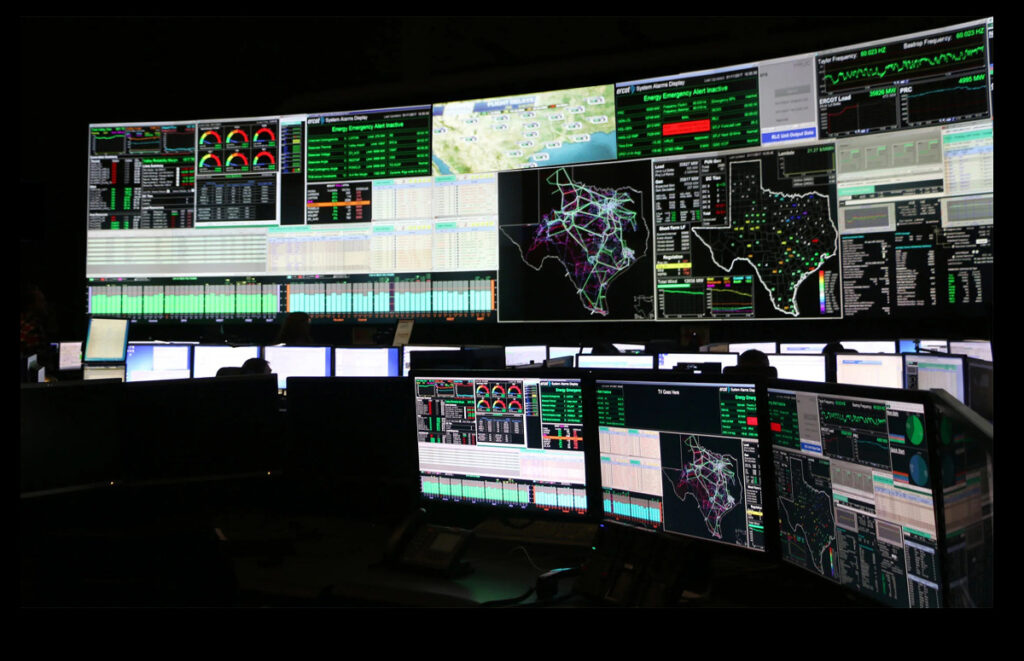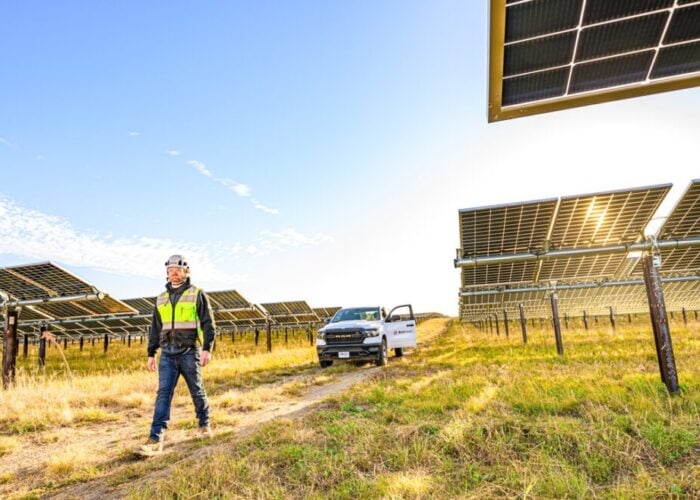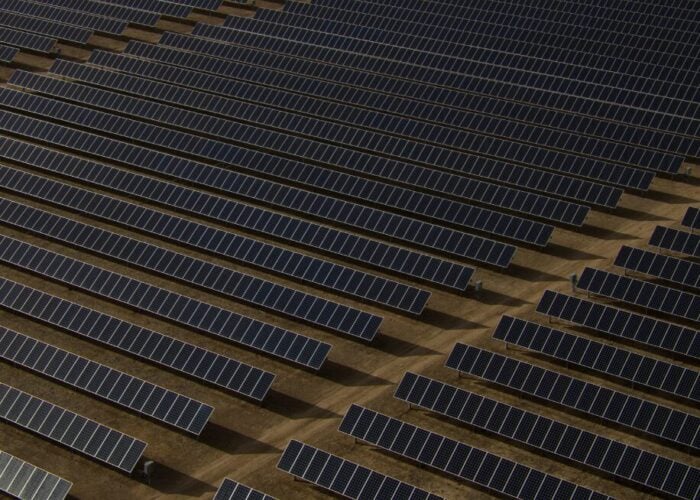
The energy transition is racing ahead, but the data infrastructure supporting it is still playing catch-up.
While solar inverters, battery energy storage systems and smart meters continue to grow in capability and sophistication, the data they produce often remains trapped in silos. Formats differ between vendors. Semantics are inconsistent. Labels are missing or cryptic. Even basic questions like, what is this data point measuring and where is it coming from, can require guesswork.
Try Premium for just $1
- Full premium access for the first month at only $1
- Converts to an annual rate after 30 days unless cancelled
- Cancel anytime during the trial period
Premium Benefits
- Expert industry analysis and interviews
- Digital access to PV Tech Power journal
- Exclusive event discounts
Or get the full Premium subscription right away
Or continue reading this article for free
Before operators can optimise assets, forecast performance, or coordinate distributed energy resources (DERs) as part of a larger grid strategy, all that raw data must first be cleaned, contextualised and standardised. That may sound simple, but for many teams, this step remains one of the biggest time and cost sinks in modern renewables.
This is the messy middle that is holding up progress, and one that is now being tackled with a new tool: edge-based AI.
The hidden cost of unstructured data
Renewable energy assets are inherently distributed. Unlike centralised power plants, they are deployed across rooftops, utility-scale fields or integrated into community microgrids. Each asset might use a different vendor’s hardware, run slightly different firmware, or follow a slightly different naming convention for what appears to be the same data.
Even when asset owners are committed to aligning their systems with a standard like the SunSpec Alliance models for solar and storage, it is rarely a turnkey process. Getting a multi-vendor ecosystem to comply with these standards in practice involves hours of scripting, mapping, and manual tagging just to get a unified view.
That lack of structure has ripple effects across the ecosystem. Grid operators struggle to trust or ingest data that is inconsistent or incomplete. DERMS platforms and virtual power plant (VPP) aggregators spend weeks retrofitting each new site. Real-time analytics engines fail to generate meaningful insights without clean, labelled data. And project timelines are dragged down by the very thing meant to accelerate them: software.
The result is that messy data turns every clean energy deployment into a bespoke integration project. At scale, that is unsustainable.
Moving intelligence to the edge
To solve this, a new model is emerging, one where data is standardised before it leaves the site.
This is the promise of AI-driven semantic modelling at the edge. By embedding lightweight machine learning models into edge platforms located directly at or near the data source, renewable energy systems can now automatically identify, label and organise their data in real time.
Instead of sending raw data to the cloud for cleanup, edge AI infers what each data stream represents and aligns it with industry models such as SunSpec. This enables a new level of automation. Data arrives pre-structured, semantically tagged and immediately usable by upstream systems.
The shift from cloud-first to edge-first processing brings tangible benefits. Site deployment timelines shrink. Engineers spend less time writing custom integration scripts. DER fleets become easier to scale and manage.
A standards-based example: SunSpec at the edge
SunSpec is one of the most widely adopted standards in the solar and storage sectors. It provides a common information model for elements such as inverter status, power output, battery capacity and grid connectivity.
But aligning field data with SunSpec formats still requires manual work, especially when hardware diversity is high. Each device must map its native structures to SunSpec-compliant ones while ensuring that contextual metadata is properly attached. That is not a one-time task, either. It has to be maintained over time as systems evolve.
Edge AI offers a scalable alternative. With trained semantic models deployed on-site, edge platforms can:
- Detect and classify incoming data streams from a variety of sources
- Map values and fields to their appropriate SunSpec-defined representations
- Normalise naming, structure and units across the board
This approach ensures that every new deployment speaks the same language as those before it. It reduces friction, speeds integration and delivers better data to the systems that rely on it.
Real-world impact across the renewable stack
The shift to edge-based data normalisation is already taking shape in renewable energy deployments, particularly in utility-scale solar and battery storage projects. These systems often span thousands of endpoints across a wide mix of vendors and configurations, making consistent data formatting a critical prerequisite for fast, scalable integration.
Operators are beginning to adopt edge AI techniques to automate semantic tagging and align operational data with models like SunSpec at the point of ingestion. This allows structured data to flow from edge devices into control systems and analytics platforms without requiring extensive post-processing.
Some edge platforms now embed this functionality out of the box, including commercial solutions based on open frameworks like EdgeX Foundry. For example, IOTech’s edge software includes built-in tools to support real-time data normalisation at scale, helping renewable energy providers manage diverse assets more efficiently while reducing integration time and manual effort.
By bringing semantic structure to the edge, these systems are enabling more reliable grid coordination, smoother DER integration, and faster onboarding across distributed energy fleets.
Why this matters now
The growth of renewable infrastructure is compounding the complexity of managing it. Operators are not thinking in terms of one or two assets. They are managing fleets. Aggregators are coordinating multi-site VPPs. Grid operators are dealing with bidirectional flows and unpredictable loads. In this landscape, data quality becomes a gating factor for innovation.
Without structure, interoperability breaks down. Without context, analytics falter. Without consistency, automation slows to a crawl.
That is why edge AI is such a timely advancement. It targets the problem where it begins, at the edge, and turns every data point into something trustworthy and usable from the start.
What comes next
The data challenges being addressed in solar and storage are not unique to renewables. The same fragmented, messy data problems appear in EV charging networks, smart buildings, and industrial facilities. The lesson is the same. Consistent, structured data is the foundation for everything else, including optimisation, forecasting, automation and compliance.
As the industry continues to coalesce around open models like SunSpec, Project Haystack and UNS/ISA-95, the question becomes how to apply these models at scale across heterogeneous environments.
Edge AI gives us a practical way to do that. Not as a bolt-on, but as a foundational capability of future energy infrastructure.
Andrew Foster is product director at open edge data platform, IOTech.





